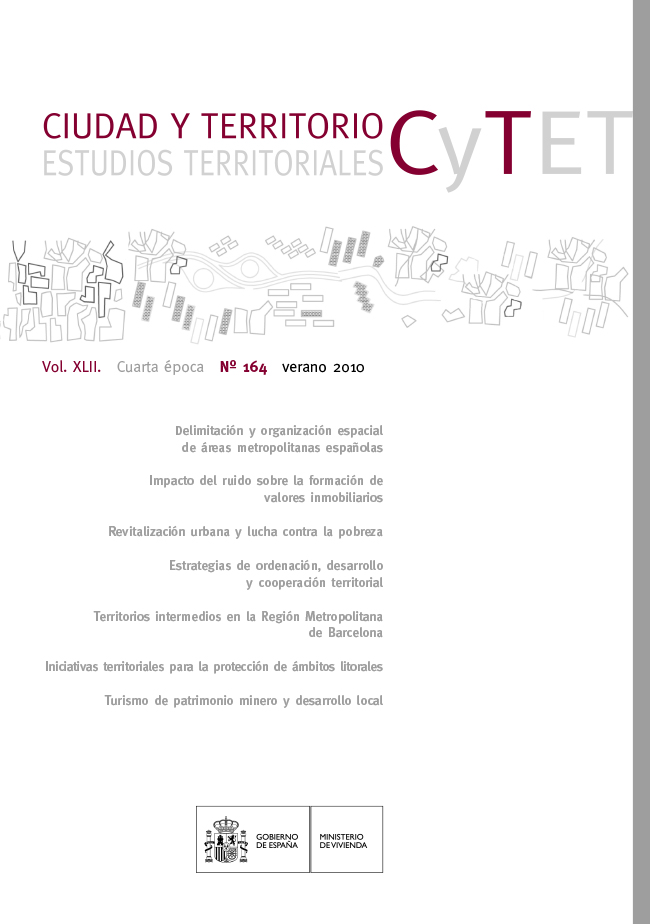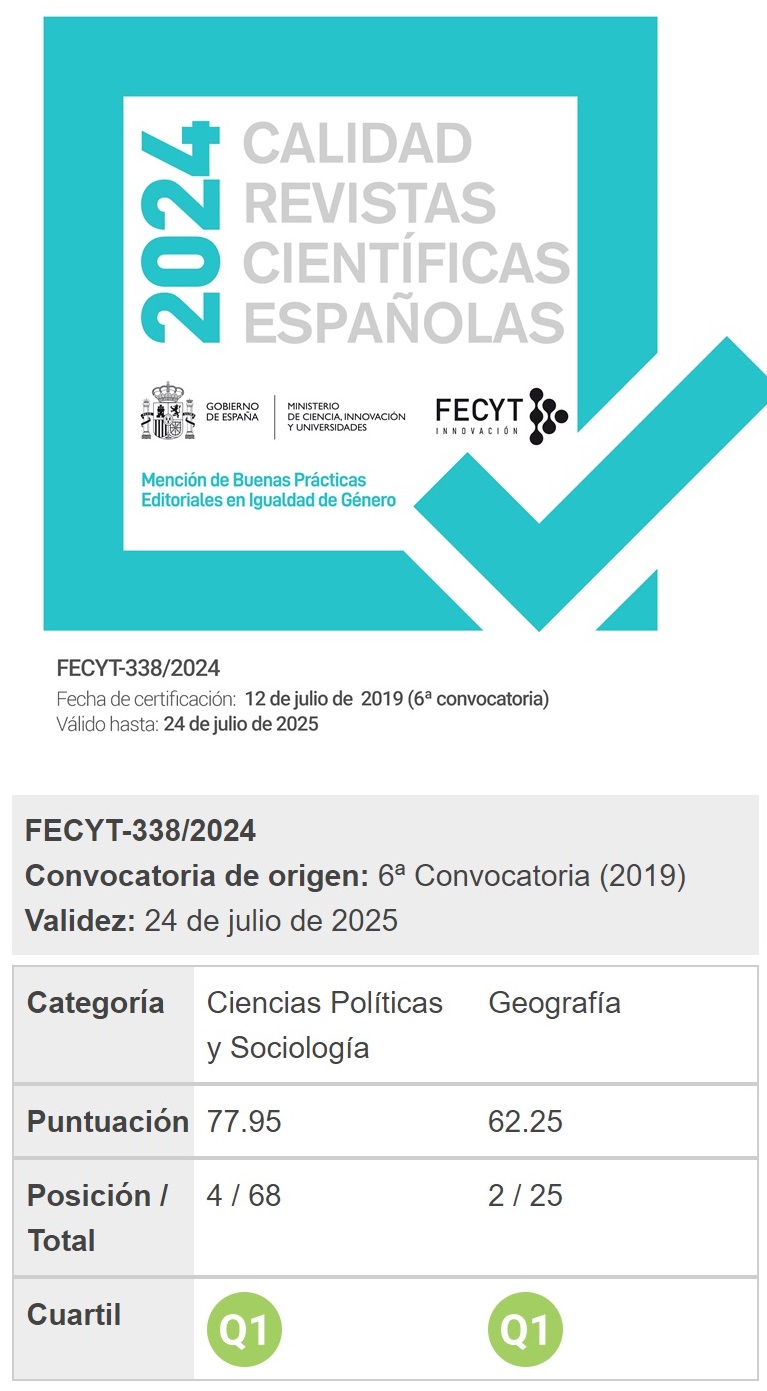Revitalización urbana y lucha contra la pobreza: 25 años de cooperación española en defensa del patrimonio urbano
Palabras clave:
Patrimonio urbano, cooperación al desarrollo, centros históricos, revitalización urbana, rehabilitación urbanaResumen
El texto aborda la pertinencia, difi cultades y características deseables de las estrategias
de revitalización integral de las áreas urbanas centrales en los países del tercer mundo.
Se considera que la gestión sostenible del patrimonio urbano ha de entenderse como parte de la
lucha contra la pobreza debido a su incidencia en múltiples facetas de lo que se viene llamando
desarrollo humano: en términos de habitabilidad y calidad de vida; en relación a la preservación de
las señas de identidad y la memoria histórica de la sociedad, representadas de forma especialmente
fi el por la arquitectura y el paisaje urbano; por la recuperación de la ciudad como espacio de
convivencia, socialización, y construcción del sentido de ciudadanía; y, como generador de empleo
y actividad económica, a través de un sector terciario asociado a las áreas de centralidad, y de la
propia actividad rehabilitadora.
En el texto se sugieren algunos elementos metodológicos, haciendo énfasis en los principios de
equidad social, sostenibilidad y apropiación, para paliar algunos efectos colaterales indeseados de
la revitalización, todo ello en base a una ya consistente y prolongada experiencia de cooperación
internacional en este campo, en particular española.
Descargas
Descargas
Publicado
Cómo citar
Número
Sección
Licencia
Derechos de autor 2010 L. Suárez-Carreño

Esta obra está bajo una licencia internacional Creative Commons Atribución-NoComercial-SinDerivadas 4.0.
Sin perjuicio de lo dispuesto en la legislación vigente sobre Propiedad Intelectual, y conforme a la misma, el/la los/las autor/a/es/as que publiquen en CyTET cede/n a título gratuito, de modo no exclusivo y sin límite temporal al Ministerio de Transportes, Movilidad y Agenda Urbana los derechos para difundir, reproducir, comunicar y distribuir en cualquier formato actual o futuro, en papel o electrónico, la versión original o derivada de su obra bajo licencia de Creative Commons Reconocimiento-NoComercial-SinObraDerivada 4.0 Internacional (CC BY-NC-ND 4.0), así como para incluir o ceder a terceros la inclusión de su contenido en índices, repositorios y bases de datos nacionales e internacionales, con referencia y reconocimiento en todo caso de la autoría del mismo.
Además, al realizar el envío, el/la los/las autor/a/es/as declara/n que se trata de un trabajo original en el que se reconocen las fuentes que han sido utilizadas en su estudio, comprometiéndose a respetar la evidencia científica y a no modificar los datos originales para verificar o refutar una hipótesis de partida; que el contenido esencial del mismo no ha sido publicado previamente ni se publicará en ninguna otra obra o revista mientras esté en proceso de evaluación en la revista CyTET; y que no se ha remitido simultáneamente a otra publicación.
Los autores deben firmar un Formulario de Cesión de Derechos, que les será enviado desde la Secretaría de CyTET una vez se acepte su artículo para ser publicado.
Con el objetivo de favorecer la difusión del conocimiento, CyTET se adhiere al movimiento de revistas de Open Access (OA) y entrega la totalidad de sus contenidos a diversos índices, repositorios y bases de datos nacionales e internacionales bajo este protocolo; por tanto, la remisión de un trabajo para ser publicado en la revista presupone la aceptación explícita por parte del autor/a de este método de distribución.
Se anima a las/os autoras/es a reproducir y alojar sus trabajos publicados en CyTET en repositorios institucionales, páginas web, etc. con la intención de contribuir a la mejora de la transferencia del conocimiento y de la citación de dichos trabajos.








 Enlace a CyTET en Linkedin
Enlace a CyTET en Linkedin